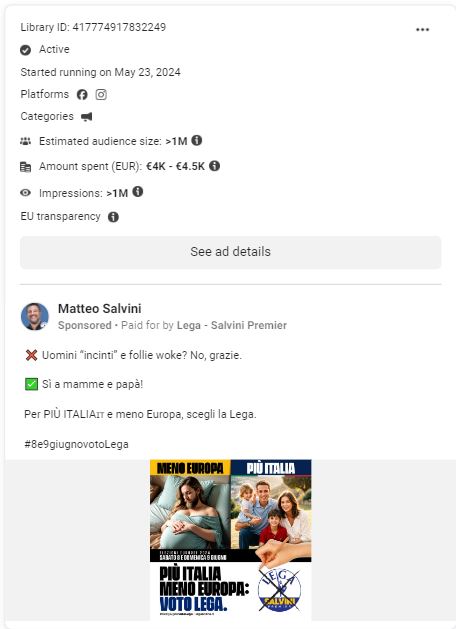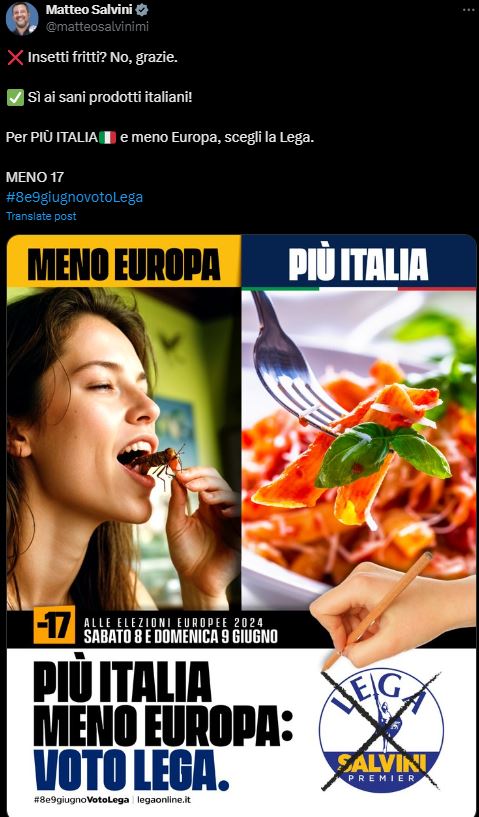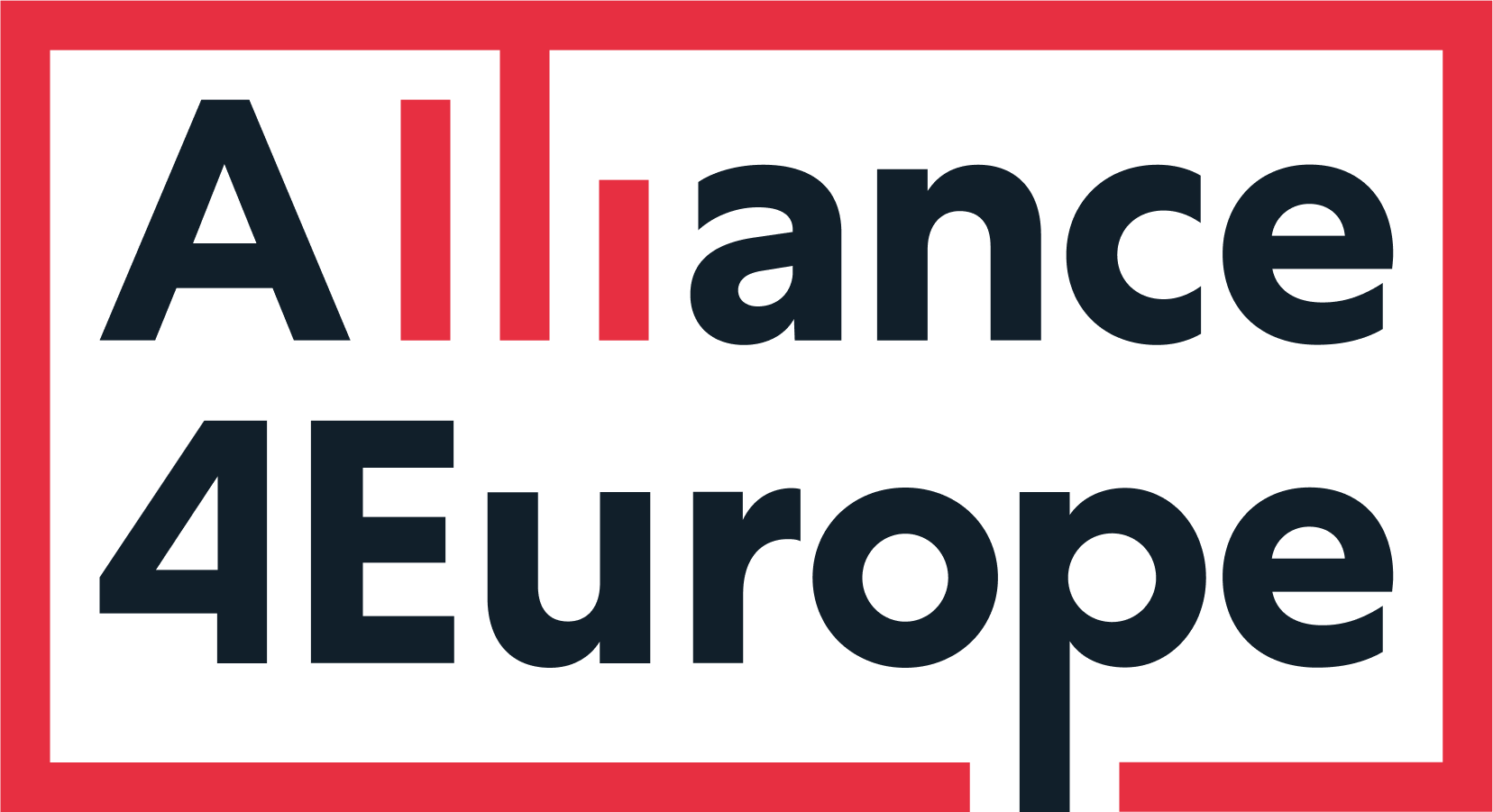Author: Saman Nazari, Alliance4Europe. This Flash report was made possible through a collaboration facilitated by the EU Election Network.
Case
Between 22 and 30 May 2024, Matteo Salvini (MEP candidate, head of the Italian “Lega” party and Italian Minister for Transport and Infrastructures) created 6 posts (1, 2, 3, 4, 5, 6) apparently using non-watermarked AI-generated images on his personal Twitter account. These posts were part of his “More Italy, less Europe” electoral campaign.
Using non-watermarked AI images is against commitment 3.b of the 2024 European Parliament Elections Code of Conduct (7), a voluntary, non-binding agreement signed by all European Groups, including ID (Lega’s EP group).
The Code applies only to European political parties and signatory member parties, which do not include Lega. However, it is important to flag when national parties fall below the transparency commitments of their own group. This should provide evidence on why it is important to foresee stronger oversight or mandatory transparency measures for national parties in future EU elections.
Salvini’s Facebook page did not repost the images but ran one ad with one of the images (8) targeting Italian voters. Except for the ad, the AI-generated images were only posted on Salvini’s personal Twitter account. They were not posted by the Lega official accounts, except for one of Salvini’s tweets being reposted by the Lega Twitter account.

Image 1: Salvini’s Facebook ad.
The posts, given also their inflammatory nature, had a considerable reach. The 6 posts on Twitter achieved 4869 Comments, 2475 Retweets, 8992 Likes and 161 saves. The Facebook ad reached more than 3 million users.
 Image 2: Muslim Great Replacement theory promoted by Salvini
Image 2: Muslim Great Replacement theory promoted by Salvini
The meta-narrative of the images portrays the EU as against traditional values and products. In particular, the images showcase the EU as complicit in the false “Muslim Great Replacement” (9, 10), as an entity with untransparent governance (11), as being against Italian food products and farmers (12, 13) and against the traditional family (14).

Image 3: Salvini promoting the false insect-eating narrative.
The objective we can assume is to divide, to create conflict between subgroups and to widen divisions in a community, namely by exploiting the divide between Sovranists and pro-EU voters, and conservative versus liberal voters. At the same time, the IO aims at cultivating Support for Initiative, fortifying the public backing for Salvini’s electoral campaign and ideas. Among the other key TTPs observed, are the development of AI-generated images (deep-fakes) and the delivery of ads.
Some possible countermeasures include flagging to European politicians involved in the negotiation of the Code of Conduct or to the Cabinet of Commissioner Jourova. Highlighting the problematic behaviour through the press could also be an option.
The images were analysed manually, using Google Lens to identify if different components of the images could be modified stock images or would appear anywhere else. We also identified artifacting in images and other visual indicators for them being AI-generated. We also ran the images through the tools isitai.com/ai-image-detector and huggingface.co/spaces/umm-maybe/AI-image-detector.
